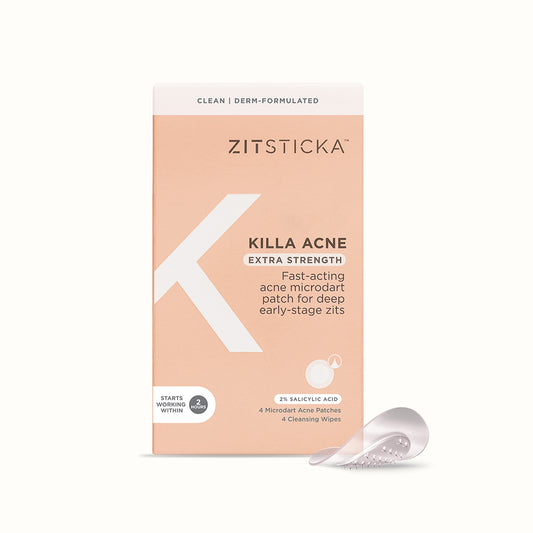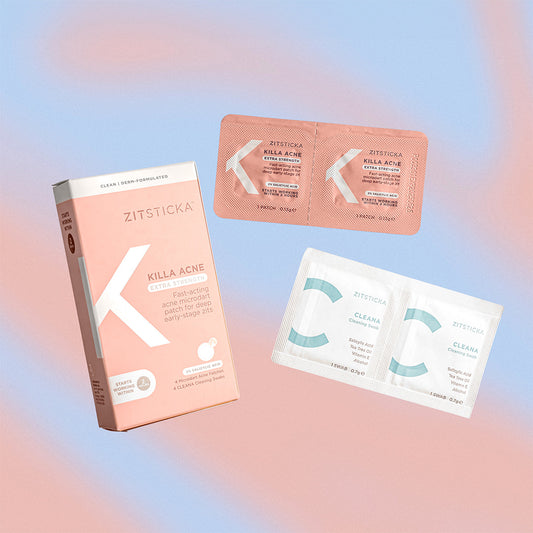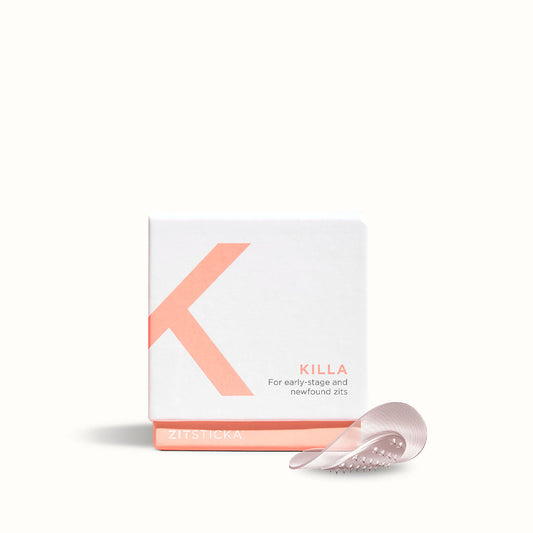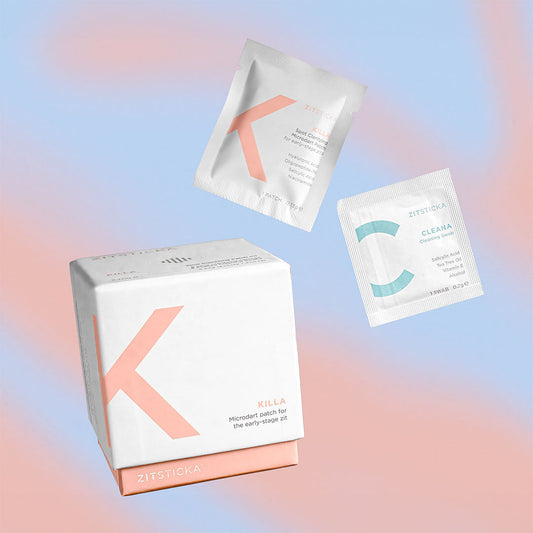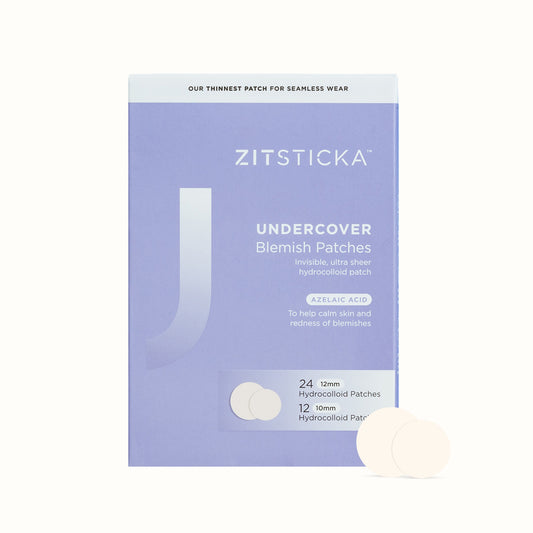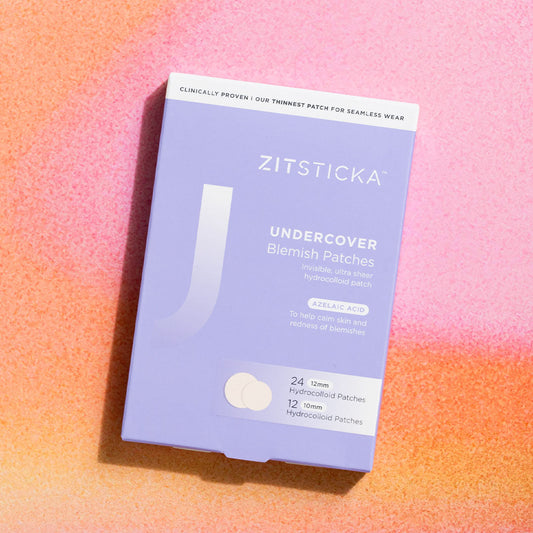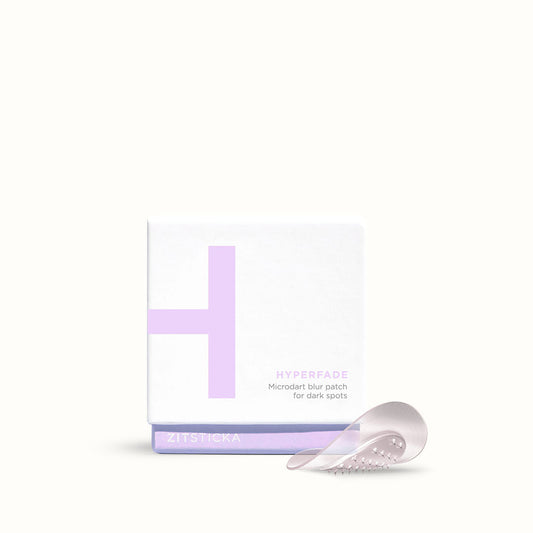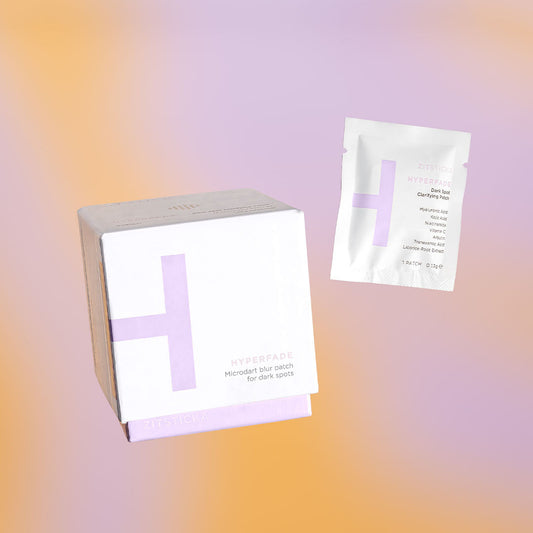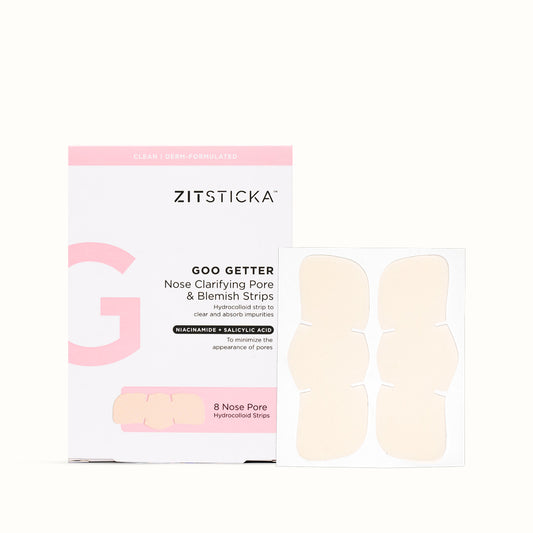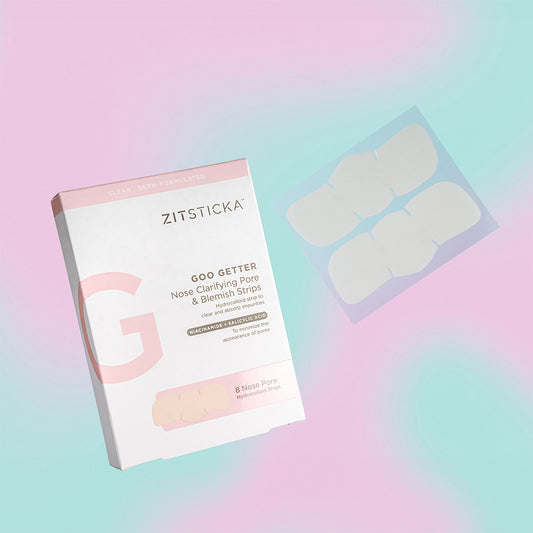By: Lee Phillips
First things first, hyperpigmentation is a long word to read, and even longer to type. Before we get into what this baddie is all about and why she’s madly in love with sunscreen, let’s agree to call her HP, ok? Hyperpigmentation, I mean HP, is a fancy name for cells that produce too much pigment as part of your skin’s (over) reaction to inflammation or trauma. Yes, your skin is that dramatic. The result is darker patches on your skin that can be the size of a pimple, or appear in bigger splotches. Unlike other forms of HP, like post-inflammatory or melasma, HP caused by the sun essentially can occur anywhere where there is excessive sun exposure. Dermatologists most often notice it on the face, neck and chest, arms, and if you’re bald, the scalp.
Fun fact: sunlight is the reason why skin cells produce melanin in the first place, so it’s not a huge shocker that sun damage is the number one cause of HP. When UVA & UVB rays penetrate your skin, your melanocytes are ~triggered~ into producing more melanin in response to the damage. This is so that future damage can be prevented. Kicking melanocytes into hyperdrive most often produces a nice tan. If you’re not careful, you might endure the wrath of a good old fashion sun burn. But, unbeknownst to you, over time and with excessive and repetitive sun exposure, HP develops.
Memories Fade, but sunburns...
While your burn might fade, and your skin might go back to *normal*, that doesn’t mean you’re in the clear. A majority of sun damage is invisible in the short term, and will develop into HP later in life. That means you could have invisible sun damage on your skin and not even know it! AH! Another wack fact: You can accrue sun damage without even getting a burn. While HP caused by the sun is often seen in older individuals, that doesn’t mean you 20 somethings are in the clear. Most of us have been tanning religiously since we were 11, and while it’s common later on in life, HP can show up at any time depending on our genetics and past sunscreen practices. For example, if you’re a person with already overactive melanocytes that might also experience melasma (non sun-induced HP), you’re going to be at a higher risk.
Sunscreen + Hyperpigmentation = <3
So, ignorantly acquiring long-term skin damage is not on anyone’s to-do list. But don’t fret. You don’t need to become a reclusive hermit to avoid it (Unless you want to, in which case: Do you, boo). We don’t want to turn this into a “sunscreen is the answer to all your problems,” but in the case of HP, it’s the answer to most of them. Sunscreen and hyperpigmentation go hand in hand. They’re in a long-term relationship. They just adopted a dog together. They’ve taken out a mortgage on their house in the suburbs. Essentially, they are madly in love.
Let's talk rays
Sunscreen stops those lovely rays of warm light from getting into your skin cells and wringing hellfire upon them. It’s about keeping the peace, okay? Sun rays that cause damage are composed of two kinds of rays that you’ve likely heard of before: UVB & UVA. UVB is responsible for burning, and UVA is responsible for aging skin (aging is, for the record, a natural element of life and should not! be a phobia). What you need to combat HP is a sunscreen that fights both kinds of rays, which translates into one that is broad spectrum. Oh, did we mention that our new SPF, MEGASHADE, is broad spectrum? Well, now ya know!
Non! Come! Dogenic!
What else should you look for in a sunscreen? Non-comedogenic—or non pore-blocking—is a good place to start. The last thing you want is to protect your skin from aging, burning and HP, and then end up with a bunch of clogged pores and breakouts! Speaking of sensitive or acne prone skin, MEGASHADE was specifically formulated not only to be safe for sensitive, acne-prone skin, but it also fights against acne. Did someone say sheeeesh?!
Mineral or Chemical? That is the question
So broad spectrum, check. Non-comedogenic and fragrance free, check. The next thing you need to be thinking about is exactly what type of sunscreen you're recruiting for your HP skin defense: Mineral or chemical. They’re both good options, but work in totally different ways. Mineral sunscreens use minerals like zinc oxide and titanium dioxide that act as a reflective shield to reflect harsh rays off of your skin. Chemical sunscreen on the other hand, works by absorbing the sun rays, and then transforming them into non harmful rays of light or heat. Moral of the story? Get a sunscreen that can do both. Ahem... MEGASHADE...
The end (?)
If sunscreen is our first line of defense against hyperpigmentation, then wouldn’t it be SICK to have a sunscreen that used both defenses to keep your face safe from rays? I mean, why do we have to pick between mineral or chemical? For something as important as skin health, it doesn't seem like we should have to choose. That's why we created our new multitasking child, MEGASHADE! P.S. Wear it everyday! Even when it’s cloudy! Even if you’re that hermit we mentioned and decided to never leave your apartment for fear of HP, UVA & UVB. Stay SPF’d y’all.
Ready to take your SPF game to the next level? Click here to read up on our new SPF that is kicking a$$ and taking names.

